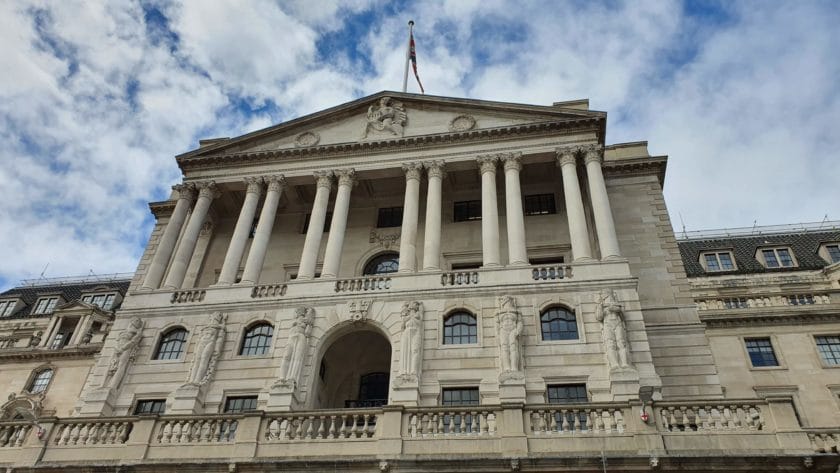Fears that the Bank of England is driving the UK economy into a deep recession are growing, despite the central bank voting in favour of a more moderate 0.5 percentage point interest rate hike this month.
Nigel Green, the chief executive and founder of deVere Group says: “The Bank of England’s decision takes interest rates up to the highest level since October 2008 – at a time when the UK is already in recession, and will remain in one for the whole of next year, according to the government’s own analysis.
“The news effectively dashes remaining hopes for a shallower recession.
“The Bank of England seems to be intentionally driving the UK’s consumer-led economy into a deeper recession, putting households and business harder under the cosh, in order to cool inflation.”
While the BoE decision to raise interest rates by 50bps was in line with what the market expected, Luke Bartholomew, Senior Economist, abrdn notes, “more interesting was the degree of disagreement among policy makers, with votes in favour of not changing interest rates at all and also in favour of increasing rates by even more than the 50bps that was delivered.
“This divergence in views reflects the difficulty of navigating the different shocks facing the economy, with inflation elevated, but a recession likely.
Despite the coming slowdown, we think the Bank will continue to push rates further in the first half of next year, but we are getting closer to the point where the debate starts to shift from how high interest rates get, and instead moves to how long rates stay high before a cutting cycle begins.”
Antony Antoniou, managing director Robert Irving Burns believes the Bank of England is raisning rates “too hard and too fast”.
“We are witnessing the fastest tightening in policy in the MPC’s history, with interest rates rising over 3 percentage points in 12 months.
While the drop in inflation announced in December was only 0.3% (to 10.7%), Antoniou adds, “it was significant because the data we now observe reflects the monetary policy made months ago.
“With raw materials and energy prices now coming back down to earth, five-year interest swaps dropping, and unemployment rates still historically low (3.7%), these interest rate rises feel unnecessary. The downside is stagnation in areas that should be key drivers for growth, such as development, construction, and the housing market.
“We now risk lengthening and deepening the recession if the tightening continues at this pace.”
The good news for households and the economy, suggests Marcus Brookes, chief investment officer at Quilter Investors, is that inflation may have peaked. “This does not mean the end of the rate hikes though, and just like the Federal Reserve over in America, the BoE will keep hiking until it is sure inflation is on a sustained downward trajectory.
“However, with the political shenanigans seemingly over for now and the market a lot more stable than it was at the last decision, investors will start looking to the future and signs of a pause in the hiking cycle and potentially even look at when rates might even be cut in order to stimulate economic growth.”
However, he warns that the robust jobs market “is the only thing keeping the UK from entering a truly stagflationary environment – how long this will hold remains to be seen.”
Brookes adds: “2023 has not been primed as a bounce back year for the economy, so the BoE may need to act sooner than it may like.
“It is a tough balancing act, and the BoE will be hoping to learn a lot from the US given they appear a few months ahead of the UK in this battle against inflation.”
For homeowners, Laura Suter, head of personal finance at AJ Bell, does not see mortgage rates “leaping” on the rate hike news, as the increase was anticipated and already baked into many lender’s rates. But, she adds, “what does cause uncertainty is the direction the Bank takes from here.
“Markets are expecting a few more increases in base rate next year, with rates peaking around 4.75% before the bank starts finally cutting at the end of 2023. But that forecast is reliant on so many factors – how sticky inflation proves to be, how large the unemployment figure becomes and what the next set of GDP figures bring are all key factors that will shape future interest rate decisions.”































